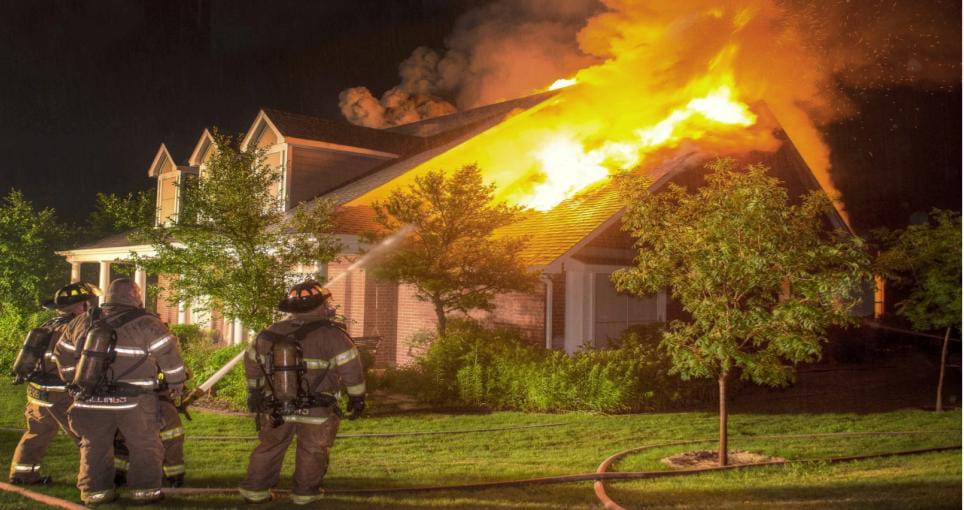London, with its historic charm and diverse neighborhoods, is home to a multitude of residential properties ranging from centuries-old townhouses to modern apartments. While each home has its unique character, they all share the potential risk of fire hazards. Understanding these hazards and taking proactive steps to address them can significantly enhance the safety of Londoners and their dwellings. Conducting regular FRA Fire Risk Assessments is essential for identifying and mitigating fire risks in residential properties across London. At [Your Company Name], we specialize in providing comprehensive fire risk assessment services tailored to the specific needs of homeowners and property managers. Our expert assessments help ensure compliance with safety regulations and promote a safer living environment for all residents.
Identifying Common Fire Hazards
Fire hazards in London homes can arise from various sources, some of which are more prevalent than others. By recognizing these hazards early on, homeowners can take effective measures to mitigate risks and safeguard their properties.
Electrical Wiring and Appliances
Faulty electrical wiring and malfunctioning appliances are among the leading causes of residential fires in London. Overloaded sockets, frayed cords, and outdated electrical systems can increase the risk of electrical fires. Regular inspections by qualified electricians can help identify and rectify potential issues before they escalate.
Cooking and Kitchen Safety
The kitchen is often the heart of a home, but it’s also a hotspot for fire hazards. Unattended cooking, grease buildup, and flammable items stored near stoves or ovens can easily ignite and cause fires. Installing smoke detectors and fire extinguishers in the kitchen, along with practicing vigilant cooking habits, can prevent accidents.
Heating Systems and Fireplaces
During London’s chilly winters, heating systems and fireplaces provide warmth but also pose fire risks if not properly maintained. Poorly maintained chimneys, portable heaters placed near flammable materials, and faulty central heating systems can lead to devastating fires. Regular servicing and cleaning of heating appliances and chimneys are essential preventive measures.
Candles and Open Flames
Candles, incense, and decorative lights are common in many London homes, especially during festive seasons. However, unattended open flames can quickly ignite curtains, furnishings, or other combustible materials. Using flameless candles or keeping open flames in secure holders away from flammable surfaces can minimize the risk of accidental fires.
Smoking Materials
Smoking indoors poses significant fire hazards due to discarded cigarette butts, ash, or matches that may not be fully extinguished. Smoking in bed or upholstered furniture further increases the risk. Establishing designated smoking areas outdoors and ensuring proper disposal of smoking materials can reduce these hazards.
Clutter and Storage Practices
Cluttered spaces and improper storage of flammable materials such as papers, clothing, or household chemicals can fuel fires and hinder escape routes during emergencies. Regular decluttering, organizing storage areas, and safely storing flammable items away from heat sources can mitigate these risks.
Children and Fire Safety Education
Children are naturally curious and may unintentionally cause fires by playing with matches, lighters, or electrical appliances. Educating children about fire safety, keeping matches and lighters out of reach, and establishing clear rules on fire safety can prevent accidents and promote responsible behavior.
Fire Safety Equipment and Preparedness
Having the right fire safety equipment and being prepared for emergencies are crucial aspects of home fire safety. Installing smoke alarms on every floor, maintaining fire extinguishers in accessible locations, and having a well-rehearsed escape plan are vital measures that can save lives in the event of a fire.
Conclusion
Protecting London homes from fire hazards requires awareness, diligence, and proactive measures by homeowners. By identifying common fire risks such as electrical faults, kitchen hazards, heating systems, open flames, smoking materials, clutter, and educating family members about fire safety, residents can significantly reduce the likelihood of fires and ensure a safer living environment for themselves and their neighbors. Ultimately, fire prevention is a shared responsibility that begins with understanding the risks and taking practical steps to address them. By adopting a proactive approach to fire safety, London homeowners can protect their homes, their families, and their cherished belongings from the devastating impact of fires. For professional assistance with EICR Cert landlord safety certificates and fire risk assessments in London, contact [Your Company Name], If you want to stay updated with posts like this, please follow us on .

